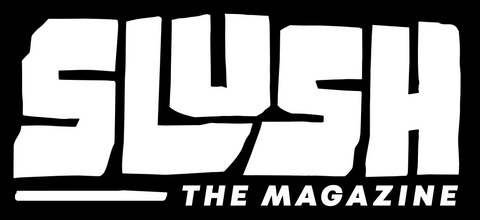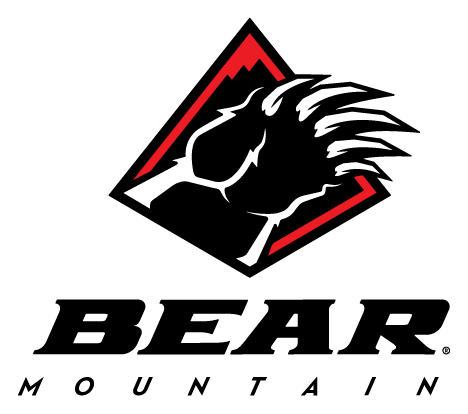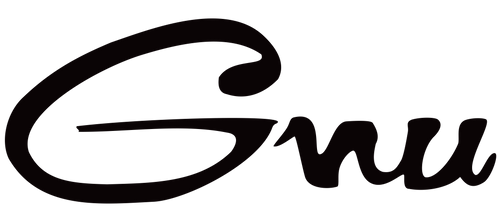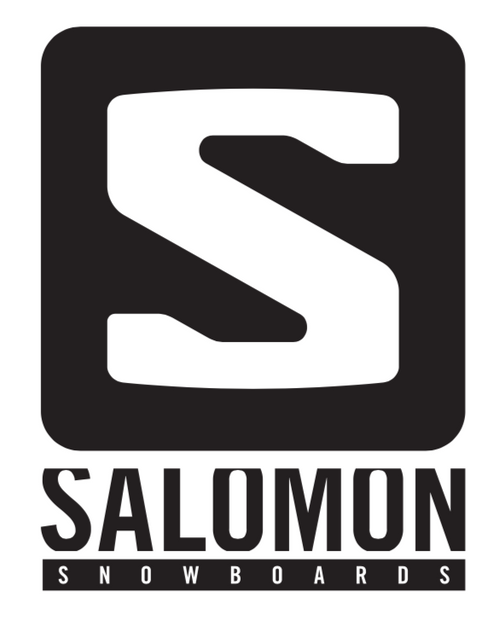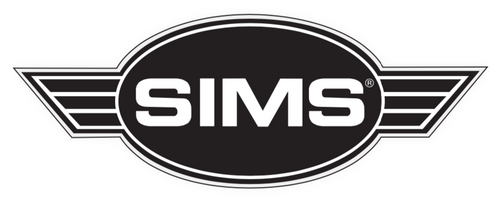
The first week of March, ten of the finest backcountry snowboarders, all hailing from Canada, gathered in the Kootenays for the second stop of the 2021 Natural Selection Tour. For a week, Mark Sollors, Marie-France Roy, Leanne Pelosi, Mikey Rencz, Beau Bishop, Robin Van Gyn, Craig McMorris, Spencer O’Brien, Chris Rasman, and Dustin Craven broke ground at Baldface Lodge’s newest tenure, Valhalla, sussing out lines and sending in some of the most unique topography in North America. The second NST stop of the year, the Bronco Natural Selection at Baldface Valhalla, took a different approach than the Jackson Hole event, combining a single line and short video part to decide the male and female winners who would continue on to Tordrillo Mountain Lodge in Alaska for the final event of the season. When all was said and done, it was Robin Van Gyn’s power and style that delivered her the W in Baldface, earning the BC-based boarder a notch in her competitive accolades, a new snowmobile, and of course, a trip to AK. We caught up with Robin the day before she headed to Tordrillo to get some insight on Baldface Valhalla, Jackson, and her mindset heading to AK. – Mary T. Walsh
Starting with the Yeti Natural Selection in Jackson, over the past month and a half, you’ve been on a back-to-back contest travel schedule.
I know, I’m so not used to it! I’m like wait a minute, now I have to go somewhere else?! What if the snow isn’t good?
And all of the COVID-19 regulations make things even more complex. Whenever you travel back to British Columbia, you have to do a mandatory 14-day quarantine, right? When you come back from Alaska, will you have to quarantine again?
Yup. It’s my third time.
Have you watched everything that exists on Netflix?
Yes, ha. Yes, I have. But you know what? The quarantine is actually a really good opportunity to chill and recollect energy. After Jackson Hole, I was just exhausted. It was so exciting and every day was something awesome. It was just snowing so hard and even your down days were snowboarding. It was a lot. Your adrenaline was just raging. Then getting home, I was like, Okay I just need to go to sleep for a while. It was really great because I had the opportunity to get collected and chill, stretch, do a little bit of homework, and then I was really fresh going into Baldface.
Previous to Natural Selection Tour, when was the last time that you rode in a contest?
Last year, knowing that Natural Selection was going to happen, I actually went and did a freeride contest in Nelson called the Coldsmoke because I thought if I want to do Natural Selection, I should probably learn how to compete. I actually ended up winning that event which was really cool. Before that, I don’t think I had competed since the US Open in, oh my god, I want to say 2005. I was never really a competitive snowboarder. I’m competitive, obviously, but I was never good at contests. My issue was that the adrenaline would get the best of me and I would just try all these tricks harder than what I was consistent at. Going into Jackson Hole, I was like, Don’t do that! Then of course during my run, I was like, Ahhhh! I feel like I’m learning and this time around, at Baldface, I dialed it back. Okay, don’t do anything crazy even though you want to. Pick a line that has good flow that you’re confident riding and you can maybe do a trick on if you feel like you’re ready. That was my whole strategy. I ended up riding a whole different side of the course than all of the other riders. I was literally riding alone all day, and I didn’t know what the takeoffs or the landings were like. I didn’t know exactly where I was supposed to go; I just knew I’d figure it out in that first run, so after that I could improve on it. The second run, I added a trick at the end, and that ended up being my winning run.
Now you’re heading into the final NST stop at Tordrillo Mountain Lodge. You have a good deal of experience riding in AK.
I’ve had a bit of experience in Alaska. I think I’ve been there six times, but I’ll tell you, every time you go, you’re like, “Yeah it’s going to be sick!” and then you get there and you think, “Oh my god.” It never gets easier, but I think managing the mountain, your stress level, your care level and just trusting it a little bit more—for me, I feel like I trust Alaska in different ways. I know that the hardest part for me is everything leading up to the drop-in. Once I’m on my snowboard and going down, I know how to do that. That’s all I can hope for is that in that moment, I know how to do that still.
What do you mean by everything leading up to actually dropping in?
The thing with snowboarding big mountain lines is that it’s not just the snowboarding itself, it’s weather. Literally, it’s too dangerous to ride there if you can’t see, it’s too dangerous to ride there if the conditions aren’t good, and it’s dangerous to ride there if you aren’t able to navigate down the mountain. Then to build on that, it’s not just finding the right lines. This is something where you need to have all of the information beforehand and you need to know what to do with that information. You need to know where you’re going to go, where the snow is going to be good, where the sluff is going to go. You really have to memorize and be able to shift really quickly when things start to move. I think that’s one thing about riding in Alaska and why it’s so scary for most people—all people—is that it’s not just the snowboarding. It’s everything else. It’s all of the accumulated knowledge and experience that goes into going down a really good line and making it look good, having flow, and knowing that the landing is going to be good. It’s a lot of things. It’s not just “strap in and go.”
Could talk a little bit about the uniqueness of the terrain and the topography at Valhalla?
I’ve spent a lot of time at Baldface and Valhalla isn’t anything like it. It was my first time going there and it is really more line-driven—lots of little chutes, lots of sneaky rock features. The thing that makes it more complicated is that there are lot of trees. It’s a really special place where it’s treed alpine, so it does complicate things a little bit, but it’s really cool. Lots of cliffs and lots of rocky, sneaky bits. Dustin [Craven]’s line was so sick. It was representative of that area, being able to ride in a chute or a fluted face like that with rocks. It’s a little bit gnarlier, you know?
How did you select the line you rode for the contest?
I was seeded super low, I think second to last. We put our flags at the top of the course and picked our lines and four of us picked the same spot. Beau Bishop, Spencer O’Brien, Leanne Pelosi, and I all picked this really cool line that Leanne rode and totally nailed. Since Leanne was seeded higher than us, the rest of us were like, Okay, we need to go find something else, but other people also already had their lines picked, so it forced us to get creative. I went off on this whole other scene. There were more options, so that’s what I did for the contest.
Do you think that having the experience from Jackson provided any extra strategy for what you wanted to do in Valhalla?
Oh, totally. I took notes from Blake Paul, Mark McMorris, and Zoi Sadowski-Synnott. Those three people repeated their runs and improved on them every time. I learned that lesson. I don’t need to snowboard everywhere; I need to snowboard in one zone and then improve on the line. I took that strategy with me to Valhalla.
That is so cool, because in what other arena leading up to Natural Selection would there have been the opportunity to ride in one place with Blake, Mark, and Zoi and learn something for your own riding?
Totally. It was really cool. I’m having such a great season in the sense that I’m learning so much about my own snowboarding, how to compete, and even some really good self-realizations. Like you’re good at this, you’re not good at that, I need to improve my mental game—stuff like that. In life, I’m just trying to constantly evolve, in general, and I feel like this season, that’s what I’m accomplishing. I’m super proud of that.
From an outside perspective, it seems like you have had a lot of moments for growth this season. You left long-time sponsor Roxy, you just announced your movie project, Fabric, that you’ve been working on for the past two years, and you’ve dipped into competition—and so successfully. What has it been like combining all these things together?
It’s been a challenge for sure. I’ve been trying to realign, sponsor-wise, with possibly the worst timing ever. Working on Fabric has taken a lot of my energy, so it’s kind of like doing two or three really big things all at once. I’m learning to manage myself a little bit better, knowing when I need to collect and take breaks and when I need to send it. What I’m good at, what I’m not good at. It’s been challenging for me this year, for sure. Lots of uncertainty with sponsors and that kind of thing has added a little bit of stress for me, but I think early in the season I let it get to me and now I’m just putting my head down and not bothering with that. I’m just going to snowboard my face off and hope for the best.
Sometimes it’s in those challenging moments that things come together in the best ways possible.
Yeah, I hope so. It’s funny what you realize about yourself. I guess sometimes when you have something to lose, you just kind of send it. I don’t want to lose snowboarding. I love it so deeply and it’s really what I want to do as long as I can. You have to trust that you still got it. I know what I’m capable of, I know I love the community, and I know I’m not done. I’m not going to let any brand or anyone or anything tell me when it’s time to go. I’m going to go on my own. I also just love riding with all the girls, Leanne, Marie, Spencer, it’s such a treat. Everybody is just so talented in their own ways. I just have such a blast, and that’s the point.
How did your friendship and familiarity riding with Leanne, Marie, and Spencer contribute to the contest experience at Valhalla?
I think the really unique thing about the women at the contest was that we really helped each other choose lines and supported each other in what we were going to do. I can tell you right now that if it wasn’t for Leanne—Leanne put up a drone on her own and video’d the entire face I was going to ride—so if it weren’t for that, I would have had no idea what I was going to do. We worked together to find the best possible outcome for all of us and it really worked out. That felt really good and real, the fact that the women showed up really well because we worked together.
That’s not typical of most competitive sporting matches—not just snowboarding, but in general.
The way that the venue was and the way that everything was spread out, you needed input from other people to be successful and I had that. That was a really cool part of the event.
Do you think that collaborative nature in Natural Selection comes from everyone’s experience in the backcountry, where working together is so integral, in general?
Yeah, I do think that working together you get a better outcome in general, especially for women. We all have different perspectives on the mountain and if you work as a team, the outcome for everybody is just going to be better. You get more perspective; someone may see something you don’t. As much as it is that way in filming, I think competing in Natural Selection is the same. I felt the same way in Jackson Hole. We were discussing different hits with each other, what was working and what wasn’t, and sharing that information, not just benefitting one person. I think that’s something that is really unique about this competition in general is that you have the ability to help each other out.
You’re a very vocal individual about creating space for women riders not only by what you do in your own career but also in helping to raise up the careers of others. How does the Natural Selection platform contribute to the opportunities and platform for female snowboarders?
I think that with women’s backcountry snowboarding, there has been a lot of the same characters for a long time, myself included. I really love riding with all the women, like the Full Moon crew. When we worked together [on the movie], we uplifted each other. It was so good. I think after that, we thought, Okay there’s going to be some brand energy and support put towards women’s backcountry snowboarding. So we were just waiting to see that happen. It didn’t really unfold the way we thought it would. The movie made a really big impact, which I think is important, but…. The support came and everything happens in baby steps, it’s not all at once, and we recognize that, but I think for me, I’ve really been craving new energy in backcountry snowboarding. When Jamie Anderson started riding backcountry, I was like, Yes! This is what we need. We need that freestyle element in the backcountry. All of us “OG’s,” we’ve done the freestyle thing and for the most part, we’ve all moved on. We’re splitboarding and line riding, as you do when you evolve as a snowboarder. You get into different things. A lot of us have moved away from freestyle and there’s this huge gap. We saw Jamie step into that gap and really demonstrate what was possible. Now with Zoi showing what she could do at Jackson Hole, I really feel like it’s there. I see girls like Emma Crosby just sending it in the backcountry. This is what we need! This is it. It’s a new wave of young women who are freestyling in the backcountry and I’m just so excited. It pushes us, too. It keeps us on our toes, and we need that.
Have you ridden the Tordrillo Mountain Lodge area in Alaska before?
Never.
What’s your mindset going into the final stop of the tour there?
Honestly, I’m going there to ride the best Alaska that I know how to ride. There’s no room for putting yourself way out there. You have to be in control because it’s too extreme to be hucking. It’s too extreme to not know if you’re going to land. The consequences are much bigger and for me, I’m just going to go there and keep it simple. I going to keep the same strategy and build on my momentum and try and put down a clean run. If I can do that, I’ll be so happy no matter the outcome. In Alaska, it’s like, just make it to the bottom.
What do you hope that the viewers take away from watching Natural Selection?
I hope it makes more people go snowboarding. I hope it looks like so much fun that people can’t resist it. Snowboarding is a really organic and cool way to experience the mountain on a pow day. There’s nothing like a pow turn on a mountain. Being outside with your friends and just enjoying the entire culture, I just hope that more people get into it and that people come back to it. The more people that we have out snowboarding and in the mountains, and outside in general, the more people we have protecting everything that we love. That’s the bigger picture for me. Just getting more people outside to be happier and really just enjoying everything that our planet has to offer. God, that sounded so contrived, but seriously. Snowboarding has been such a gift for me. It’s changed my life. It’s changed my outlook on people, on the environment, and I just want to share it. I want to share this amazing experience with everybody else. It’s life changing.

